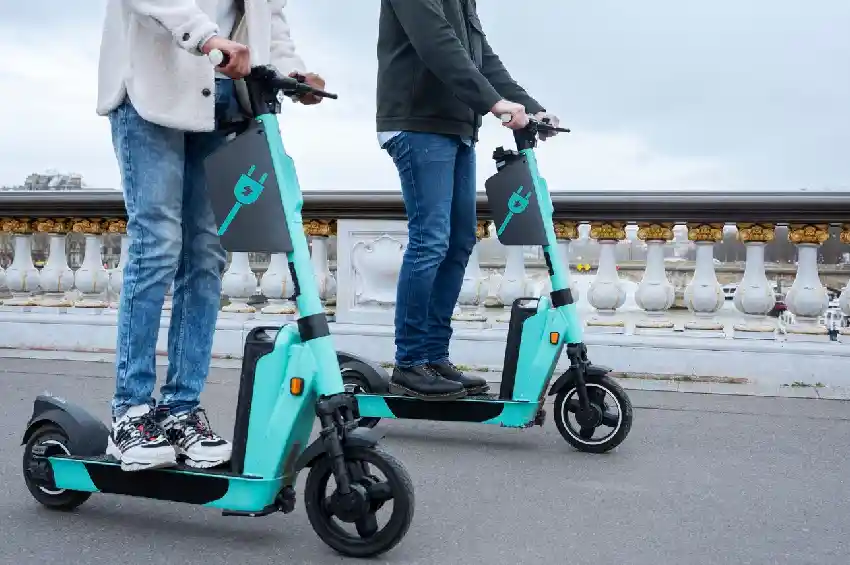Governments across Australia are implementing new speed limits for e scooters and e bikes in an effort to strike a balance between safety, accessibility and innovation. These restrictions will have a substantial impact on both device makers and the overall ecosystem, affecting merchants, consumers, and others involved in bicycle trafficking in Australia. While customers benefit from safer riding experiences, businesses must modify their products, services, and offerings to comply with legal obligations and changing market realities.
- Why New Speed Limits?
Safety concerns have driven regulatory change. In Queensland, injuries rose over 112% since 2021, with paediatric incidents prompting parliamentary inquiry. Fatalities and rider misbehaviour spurred governments in Victoria and New South Wales to reduce device speed limits and increase enforcement. These regulation modifications reflect a national push for safer micro mobility zones.
- What Are the New Limits?
Across multiple states:
- South Australia: Private e scooters capped at 25 km/h on roads, 15 km/h in shared spaces; footpaths limited to 10 km/h.
- New South Wales: Proposed 10–20 km/h on shared paths; 20 km/h on roads ≤ 50 km/h; riders must be over 16.
- Queensland: Footpath speed capped at 12 km/h, bike paths up to 25 km/h.
- Victoria: E scooters on roads with limits up to 60 km/h, and shared paths; speeds still capped at 25 km/h.
These differing restrictions reflect each state’s attempt to strike a balance between safety, accessibility and the rising demand for personal electric vehicles.
- Trade Implications for Manufacturers
Device manufacturers must now comply with legally constructed speed governors, adjust software and do compliance testing as well. Models that have previously exceeded constraints must be re engineered which increases R&D expenses, specially for small scale producers and importers.
- Retailers and Bicycle Shops Responding
Retailers must update inventory with compliant models and may need to reprice older non compliant models as parts or offloads. Service centres must provide software updates and limits. Shops can take advantage of this opportunity to educate customers by installing speed limiters and promoting safe usage techniques that comply with state legislation.
- Impact on Bicycle Trading in Australia
While new regulations focus on e scooters and e bikes, the ripple effect will touch broader trade, including second hand markets. Consumers will prefer verified, compliant e mobility devices over unregulated imports. This shifts demand toward properly labelled products and reinforces trust in certified retailers—encouraging transparency in bicycle trading in Australia.
- Consumer Choices and Behaviour
With regulated speed limits and clearer laws, consumers gain confidence in e mobility, widening adoption among families, commuting professionals and older riders. Limited top speeds make devices safer in shared zones, easing worry for pedestrians and parents—especially where under 16 riders are restricted. As an entry point, e bikes that comply with legal standards become more appealing than scooters, especially for bridging longer commutes.
- Broader Urban and Infrastructure Effects
Cities will need to construct improved signage, path segregation and enforcement measures such as speed limit technology at rental hubs. Infrastructure investment will be critical to promoting safe riding speeds and reducing conflict. These advancements complement bike infrastructure, allowing for collaboration across micro mobility sectors.
Conclusion
New speed limits for e scooters and e bikes indicate a developing micro mobility market that values safety alongside innovation. Australia’s bicycle trade has problems in compliance and stock adaption, but overall results are favourable, encouraging purpose built, compliant gadgets, professional servicing and safer riding settings. The improvements offer a more sustainable and accessible future, with e mobility playing an important role in daily transportation, supported by defined standards and ethical behaviours.







